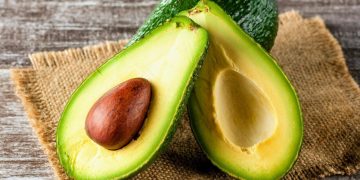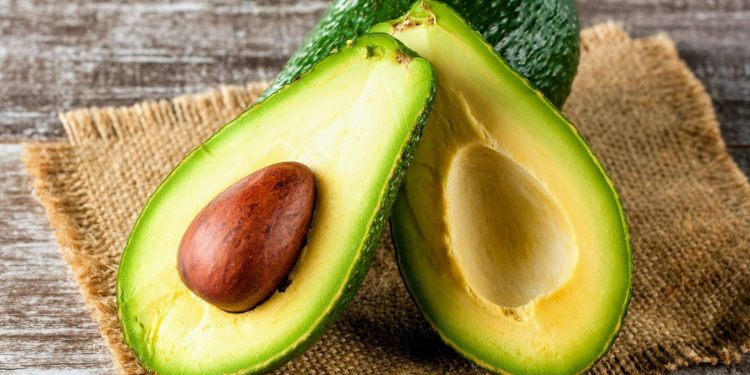#Peruvianavocado #ProHass #exportforecast #agriculture #climateimpact #avocadodemand #Asianmarkets #exportchallenges.
Discover the latest updates on the Peruvian avocado export scene for 2023. The Peruvian Hass Avocado Growers Association (ProHass) has recently revised its export forecast due to various factors affecting fruit size and weight. Explore the implications for farmers, agronomists, agricultural engineers, and all stakeholders in the avocado industry.
In the heart of Peru’s avocado-rich landscapes, the 2023 export season has been met with both optimism and challenges. The Peruvian Hass Avocado Growers Association (ProHass) had initially projected a substantial increase in avocado exports for the year, but recent developments have led to a 4.1% reduction in the export forecast, with estimated export volumes now at 598,344 metric tons. This revision is primarily attributed to smaller fruit sizes, which have posed significant challenges to the avocado industry.
Understanding the Factors Behind the Forecast Cut
Juan Carlos Paredes, President of ProHass, has shed light on the reasons behind this unexpected setback. One major contributing factor is the La Niña phenomenon, which has led to lower sea surface temperatures in parts of the Pacific Ocean and droughts in coastal regions of Peru. These climatic changes have resulted in avocados that are between 10% and 15% smaller in size.
Additionally, Cyclone Yaku, which struck Peru in March, exacerbated the issue by causing abnormally high temperatures in avocado-growing regions, further affecting fruit size and weight. These climatic challenges have forced growers and exporters to reevaluate their production strategies and anticipate potential hurdles in the coming years.
Balancing Supply and Demand
While the revised export forecast is a setback, it’s not all doom and gloom for Peruvian avocado producers. Paredes predicts that demand for Peruvian avocados will still rise between 6% and 8% this year, aligning with the increase in supply from Peru. Looking ahead to 2024, ProHass forecasts an impressive 10% growth in the export volume of Peruvian avocados.
Global Export Trends
Data from ProHass shows that Europe has been the primary destination for Peru’s avocado shipments in 2023, accounting for 59% of exports, followed by the United States (14%) and Chile (10%). However, it’s important to note that these proportions may shift during the second half of the export season, which is currently underway.
In the context of Asian markets, Omar Díaz, Director of ProHass, anticipates the Malaysian market’s opening for Peruvian Hass avocados in the short to medium term. He also points out that marketing efforts, such as advertising campaigns and innovative avocado-based products like avocado yogurt, have contributed to an increase in avocado consumption in China, although the growth has not been astronomical.
However, challenges persist when it comes to expanding exports to Asian markets. Transit times, which have not fully returned to their pre-pandemic levels, and potential port diversion delays, often not covered by insurers, pose significant hurdles. As a result, many growers and exporters are cautious about prioritizing shipments to countries like Japan, Korea, and China to ensure the quality and freshness of the fruit during transit.
While 2023 has presented some unexpected challenges for the Peruvian avocado export industry, it remains resilient and adaptable. The reduction in export forecasts due to smaller fruit sizes is a reminder of the ever-changing nature of agriculture and the importance of proactive strategies in response to climatic variations. As the industry looks ahead to 2024 and beyond, there are opportunities for growth, particularly in Asian markets, but it will require careful planning and cooperation to overcome logistical challenges.

































